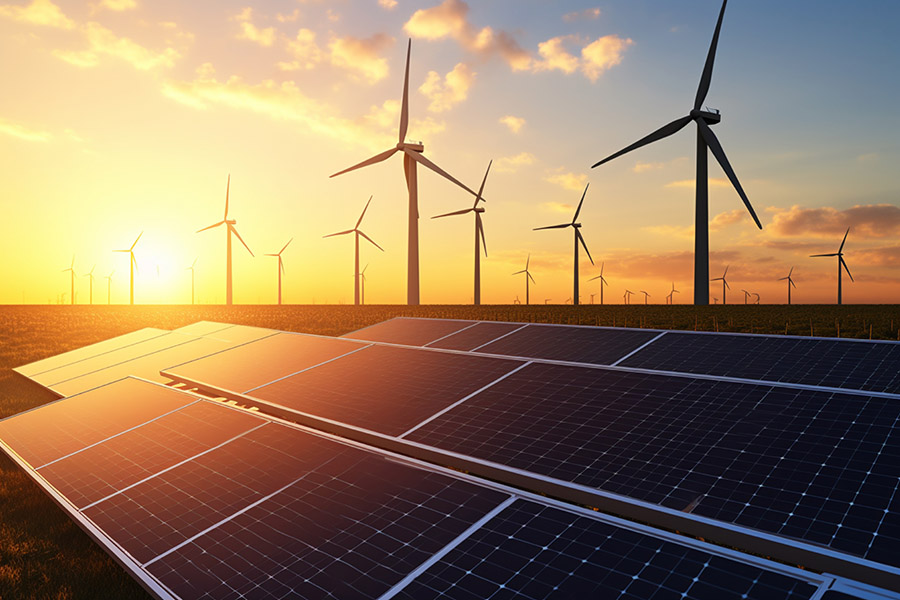In May 2024, photovoltaic (PV) energy stood out as the main driver of electricity production growth in OECD member countries, according to the latest report from the International Energy Agency (IEA). Photovoltaic generation experienced a remarkable 19.7% increase compared to the same month last year, consolidating its position as a key source in the renewable energy mix.
This growth significantly contributed to the overall increase in electricity production in the OECD, which reached 854.4 TWh, 3.7% more than in May 2023. Renewable sources as a whole grew by 6.6% year-on-year, with solar energy contributing the most to this increase. In contrast, wind energy saw a more moderate increase of 5.8%.
The share of renewable energy in the OECD electricity mix stood at 39.4%, surpassing the previous year’s figure by one percentage point. Despite a slight decline in hydroelectric generation globally, the European region saw a significant recovery in this source, with a 16.8% increase in production, compensating for decreases in other regions.
On the other hand, electricity generation from fossil fuels in the OECD showed a slight decline, with a reduction of 1.4 percentage points in its share of the energy mix, reaching 43.4%. This decrease was particularly notable in Europe and Asia-Oceania, where dependence on these sources was significantly reduced.
